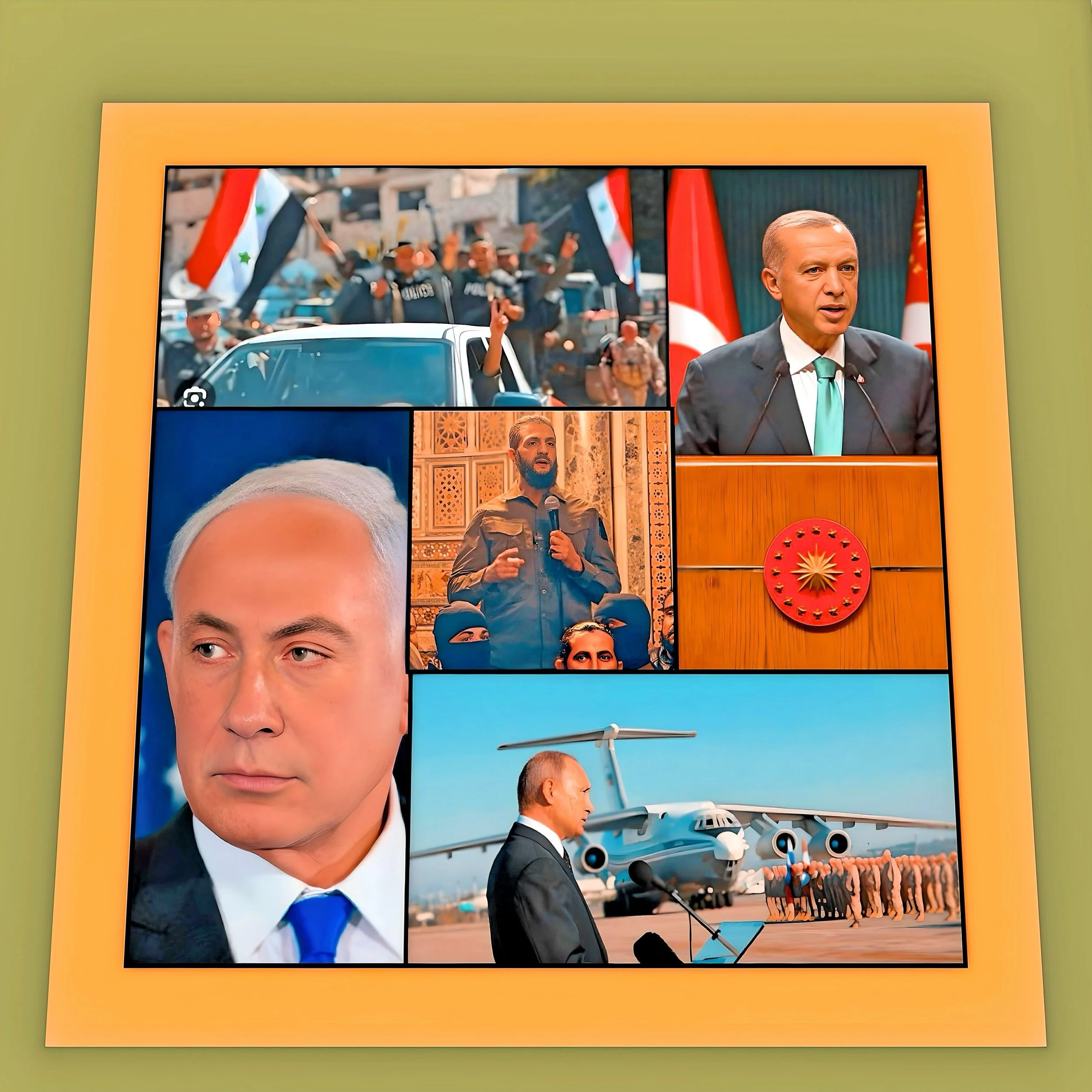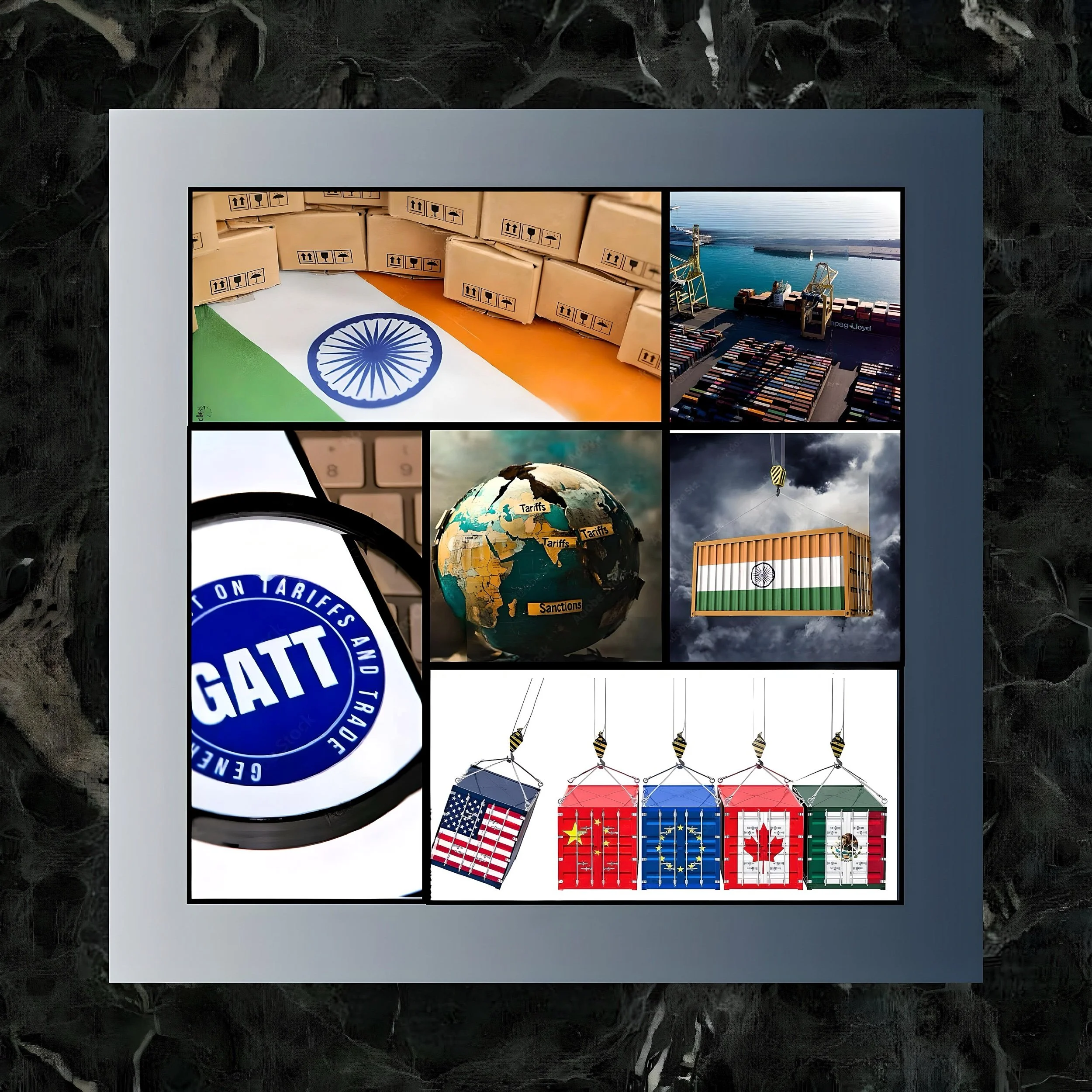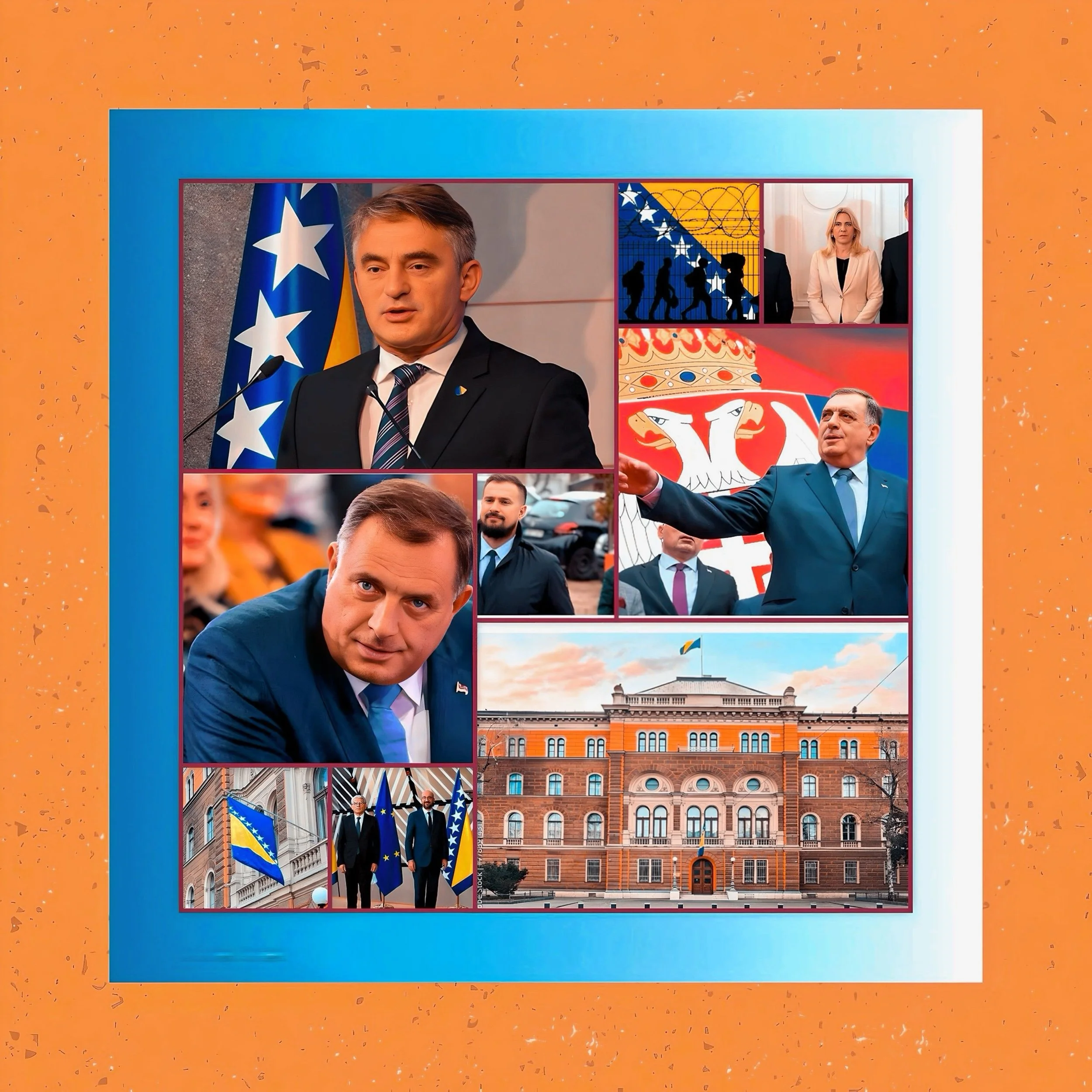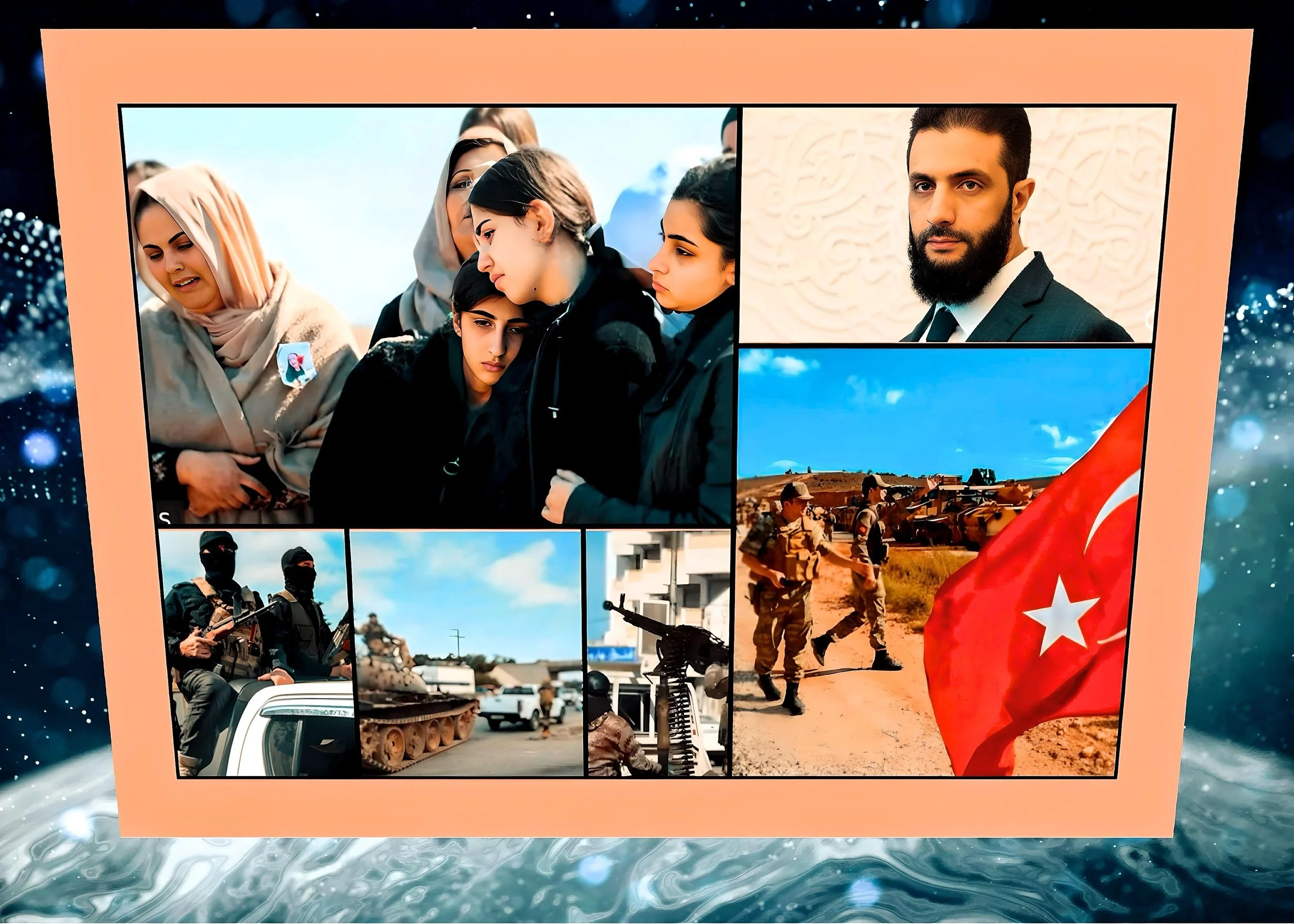The Future of Syria’s Alawites Amid Regional Conflicts and Geopolitical Maneuvering
Introduction
The fall of Bashar al-Assad’s regime in December 2024 marked a seismic shift in Syria’s political landscape, leaving the Alawite minority—once the cornerstone of Assad’s rule—exposed to escalating violence, geopolitical rivalry, and existential uncertainty.
As Syria’s interim government struggles to consolidate authority, Alawite-majority regions face targeted attacks from multiple fronts, including Israel, Turkey, and factions within the Syrian national army.
Meanwhile, Iran and Russia, erstwhile allies of the Assad regime, are recalibrating their roles in a fragmented Syria.
Let's examine the evolving threats to Alawite communities, the geopolitical strategies of external actors, and the potential trajectories for Syria’s most vulnerable sectarian group.
Sectarian Violence and Targeted Regions
The Coastal Stronghold Under Siege
The Alawite community, constituting roughly 10% of Syria’s population, is concentrated in the coastal provinces of Latakia, Tartous, and parts of Homs—a region historically insulated from the broader Sunni-majority demographics.
These areas, fortified by the Alawite Mountains’ natural defenses, have become focal points of violence since Assad’s ouster.
Clashes between pro-Assad militias and the Syrian national army erupted most intensely in Jableh, a strategic coastal town in Latakia, where ambushes on security checkpoints resulted in over 100 fatalities in early March 2025.
The mountainous terrain around Latakia has also seen house-to-house raids by government forces, displacing thousands of Alawite civilians to the Russian-operated Hmeimim airbase.
The interim government, led by Ahmed al-Sharaa (formerly Abu Mohammed al-Jolani), has framed these operations as necessary to dismantle “remnants of tyranny.”
However, Alawite leaders accuse the Sunni-dominated regime of systemic discrimination, including mass dismissals from bureaucratic roles and retaliatory killings.
Footage verified by the Syrian Network for Human Rights (SNHR) shows extrajudicial executions of Alawite civilians in Latakia’s Daartur area, exacerbating fears of sectarian cleansing.
Southern Front: Israeli Incursions and Buffer Zones
Israel has intensified its military operations in southern Syria, particularly near the Golan Heights and Deraa, under the pretext of countering Iranian influence and securing its northern border.
Satellite imagery confirms the establishment of Israeli-controlled buffer zones, with troops seizing farmland and infrastructure in violation of the 1974 UNDOF disengagement agreement.
These actions align with Prime Minister Benjamin Netanyahu’s demand for the “complete demilitarization” of southern Syria. This policy has displaced Alawite and Druze communities while destabilizing the interim government’s authority.
Regional Powers: Iran and Russia’s Strategic Calculus
Iran’s Diminished yet Persistent Influence
Having lost its primary proxy in Assad, Iran encounters a dilemma in post-revolution Syria. While its Revolutionary Guard Corps (IRGC) no longer commands the same leverage, Tehran seeks to exploit sectarian fissures by backing Alawite militias and residual pro-Assad networks.
The ambush in Beit Ana, Latakia—linked to former Assad loyalist Suhail al-Hassan—highlights Iran’s potential coordination with local fighters to destabilize the interim government.
However, Iran’s capacity to project power is constrained by Israel’s sustained airstrikes, which have degraded 70–80% of Syria’s military infrastructure since December 2024.
Russia’s Pragmatic Realignment
Russia’s strategy hinges on preserving its Mediterranean foothold via the Hmeimim airbase and Tartus naval facility.
While Moscow initially supported Assad, it has begun negotiating with the interim government to retain military access, even as it explores contingency plans for an Alawite autonomy zone in Latakia.
Analysts at the Carnegie Endowment note that Russia could mirror the U.S. approach with Syrian Kurds by arming Alawite militias, thereby creating a buffer against Sunni Islamist factions.
This aligns with reports of Alawite refugees fleeing to Hmeimim, where Russian forces provide temporary sanctuary.
Kremlin spokesman Dmitry Peskov has cautiously affirmed the security of Russian troops, but declining to intervene directly in the Latakia clashes signals a pragmatic shift toward accommodation with HTS-led Damascus.
Such a pivot would enable Moscow to maintain economic stakes in Syria’s reconstruction while avoiding confrontation with Turkey, a key regional partner.
Long-Term Geopolitical Implications
The Alawite Enclave: A Contested Vision
The prospect of an Alawite state in coastal Syria, first proposed by Assad loyalists and tacitly endorsed by Russian strategists, remains fraught with challenges.
Geographically, the region’s defensible terrain and access to Mediterranean trade routes offer viability, but economic dependency on external patrons like Russia or Egypt would be unavoidable.
Politically, fractures within the Alawite community—divided between pro-Assad hardliners and pragmatists seeking coexistence—undermine cohesive state-building.
Interim President al-Sharaa’s decision to avoid conversations with Alawite leaders—while actively engaging with Kurdish and Druze representatives—only deepens the rift with this minority community, leaving them feeling more isolated than ever.
Turkey and Israel: Divergent Agendas
Turkey’s support for the interim government stems from its ambition to repatriate Syrian refugees and counter Kurdish autonomy in northern Syria.
The proposed Turkish-Syrian defense pact, which includes airbase access, has drawn Israeli ire, with Foreign Minister Gideon Saar pledging to bolster Kurdish militias as a counterweight.
This rivalry risks entangling Syria in a proxy conflict, with Alawite regions caught between Turkish-backed governance and Israeli security imperatives.
Conclusion
A Precarious Path
The Alawite community’s future rests on three essential pillars
Sectarian Reconciliation
The interim government has the opportunity to heal divisions through inclusive governance, addressing grievances and fostering unity to dismantle discriminatory practices that fuel the insurgency.
External Patronage
Russia’s role in brokering Alawite autonomy or integrating militias into the national army could be pivotal in securing stability for the coastal region.
Regional Diplomacy
A commitment to de-escalate Turkey-Israel tensions and limit Iranian interference is crucial for paving the way toward enduring peace.
By acknowledging and tackling these dynamics, we can strive to prevent the further fragmentation of Syria, turning the Alawite heartland into a beacon of cooperation rather than a battleground for competing interests.
As Machiavelli noted, necessity can shape the moral landscape of conflict; for Syria’s Alawites, the journey toward survival offers the chance to embrace pragmatism and envision a future beyond nostalgia for the past.






